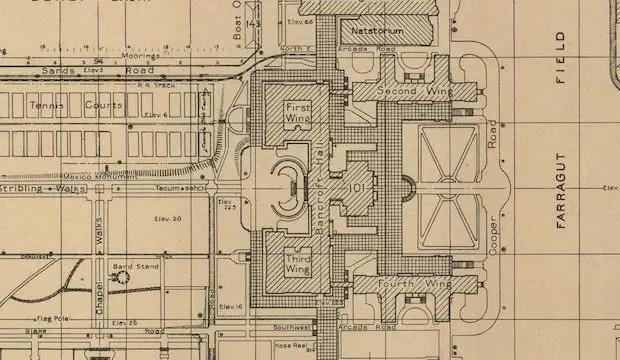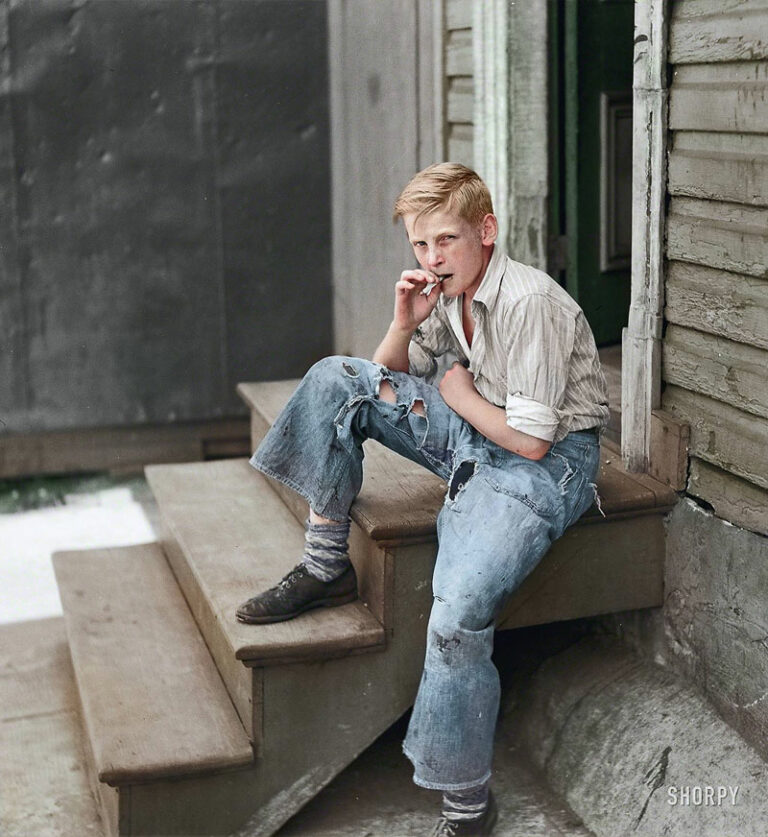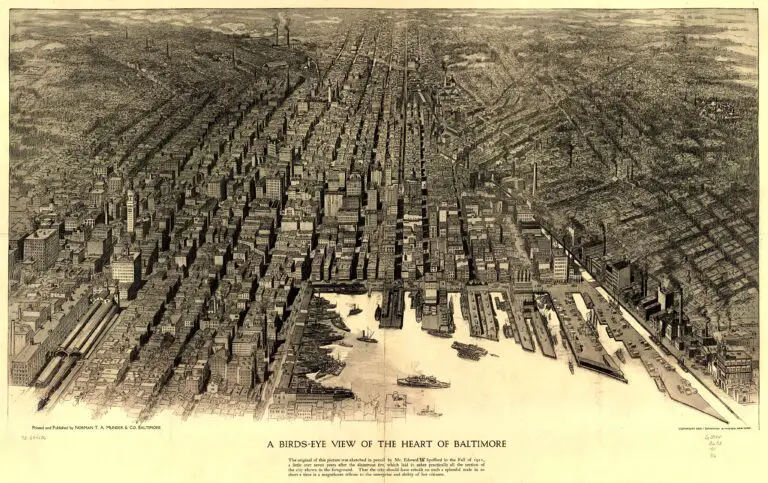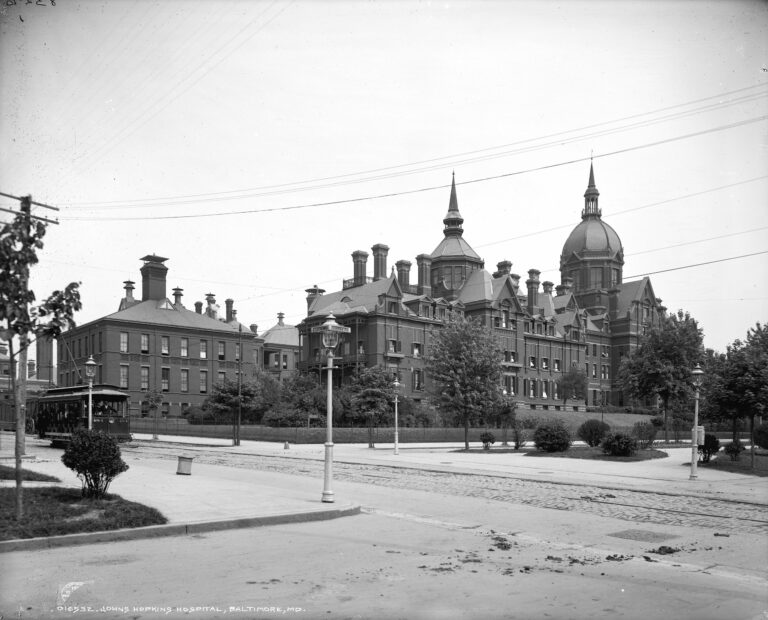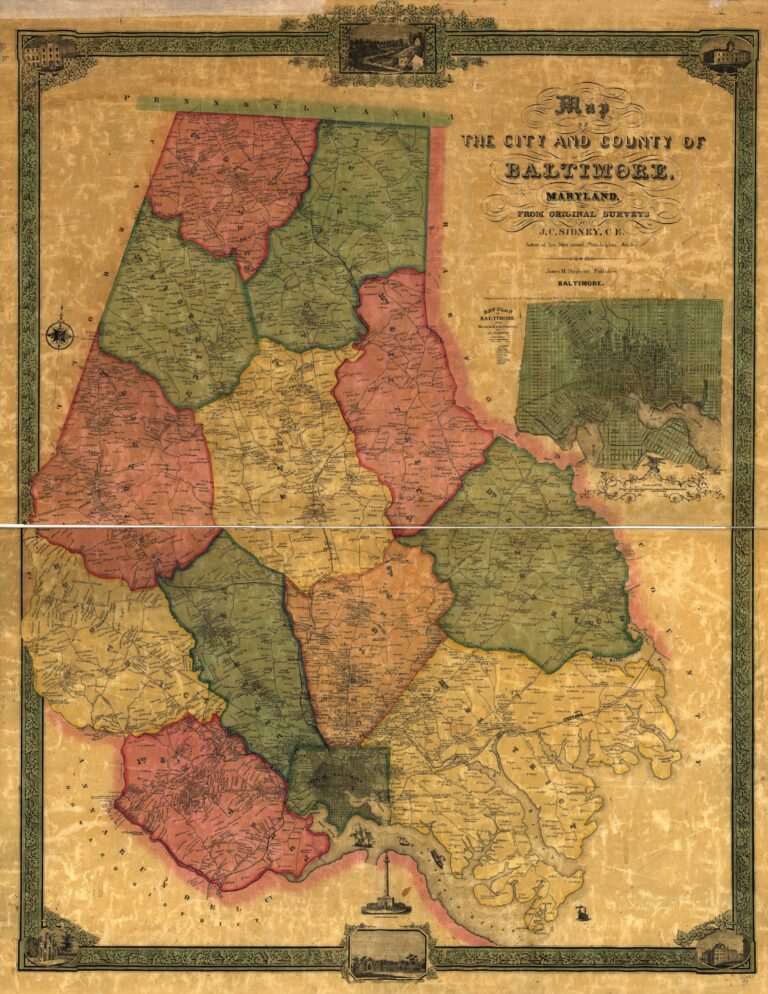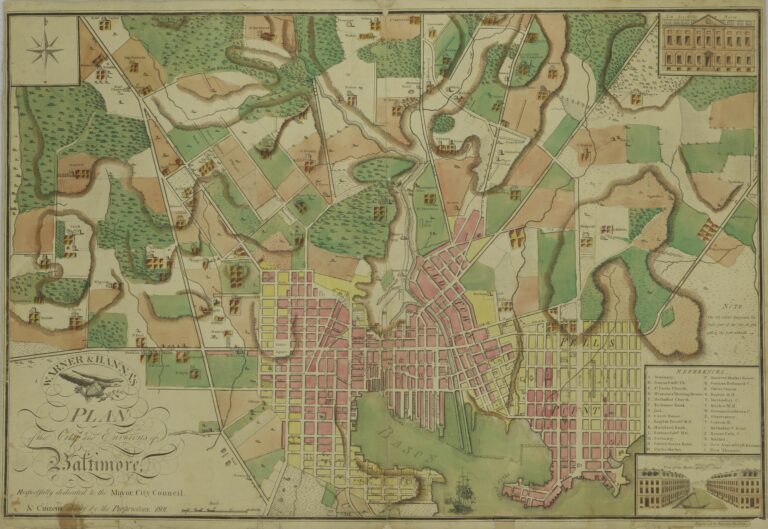We wrote a post quite some time ago chronicling the history of traffic lights in Washington. Of course we have to do a little digging and see what the story is behind Baltimore’s traffic lights.
The first article that we came across was from June 27th, 1952, celebrating the 28th birthday of Charm City’s first automatic traffic light. That light was installed at North and Mount Royal Ave. on June 26th, 1924. Now there’s some great trivia for you!
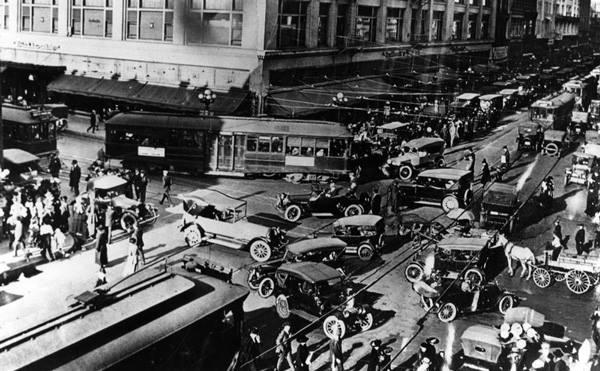
Here’s the article that we dug up from the Baltimore Sun.
…
The first automatic traffic signal in Baltimore was not the city’s first traffic light or the city’s first traffic signal. Trying to find mechanical substitutes for a traffic officer on every corner, the city had brief encounters with a variety of schemes whereby an officer at one intersection could actuate stop-and-go signs and semaphores at near-by intersections. The most elaborate was a traffic signal box standing high above it all at Charles street and North avenue, from which vantage point the enclosed officer could switch red lights on and off for four blocks around.
The traffic tower at Charles street and North avenue, with Patrolman Adolph Von der Linde at the dials, was put in service on the evening of March 9, 1922, with appropriate ceremonies. This was Baltimore’s first traffic tower, copied from New York and Detroit. On each of four sides it had three large lights, red, yellow and green. It was, in short, the last word in safety. And it was not struck by an automobile until seven days later, when an unknown motorist removed part of its concrete base.
-ad 108-So great was the assumed success of the traffic tower and remote control lights at neighboring intersections that traffic towers and elevated traffic stands became common in Baltimore, with some surviving until very recent years. But there were doubts all along about basic aspects of the situation. A Johns Hopkins psychologist warned that it was a mistake to use red and green in signal lights, because of the high percentage of color blindness in males (he had no data on females). A New York psychologist went even further and said it was wrong to use red for stop, since red is a color which stimulates activity, whereas green inspires a desire to stop and rest.

That is totally fascinating. Can you imagine how a small change like changing green to stop and red to go would impact everything? We’d have green stop signs all over the city!
The principle of having a police officer control by hand a group of traffic lights was replaced by the automatic signal, individually activated, as first tried at Mount Royal and North avenues. The first types lacked an accurate timing device, so it was a matter of chance how long the red light might stay red. But within a very short time the timing devices were such that it was possible to synchronize a series of lights, with pleasing results on paper.
Late in 1926 Police Commissioner Charles D. Gaither announced proudly that the “wave system” of timing traffic lights to turn green at progressive intervals along a thoroughfare would make it possible to make the entire trip from Saratoga and Cathedral streets to North avenue, by way of Mount Royal, in 2 1/2 to 2 3/4 minutes, nonstop. But the system did not work out quite so well in practice, and it has not impressed over the years. Somehow the other fellow always manages to drive in such an idiotic manner that a law-abiding citizen gets caught by a red light every time.
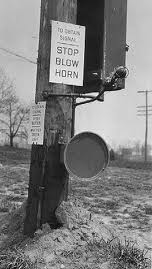
As the city became more afflicted with hardening of the traffic arteries it became more receptive to unusual remedies. The problem of allowing side traffic to enter a main street was temporarily solved by a device which changed the traffic light at the honk of a horn. But this scheme, which utilized a telephone sound box, was made to look somewhat ridiculous when a barking dog kept the red light flickering on and off. Then there was the more conventional scheme of having a plate in the roadbed which changed the traffic light when a car went over it Some boys with a baseball bat made a mockery of that idea.
Hilarious … can you imagine that barking dog screwing up traffic all afternoon?
…
But the devices which became more and more common at Baltimore intersections were the plain old traffic lights, which at first switched to amber between each change from red to green and back again. The change to yellow in the course of passing from red to green was dropped in 1931. There were controversies from the start, as now, over where the lights should go. And periodically there have been waves of civic doubt as to the real value of lights.
Hopefully you found this as fascinating as we did. This makes for some excellent trivia. If you want some more traffic light history, check out this great blog that we stumbled across.
